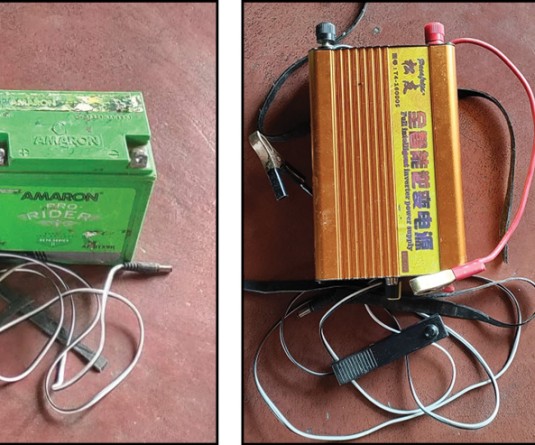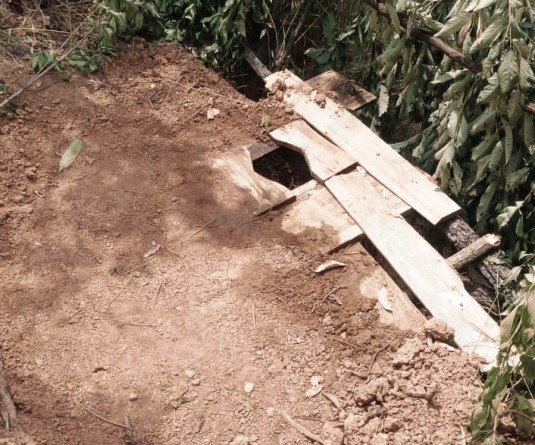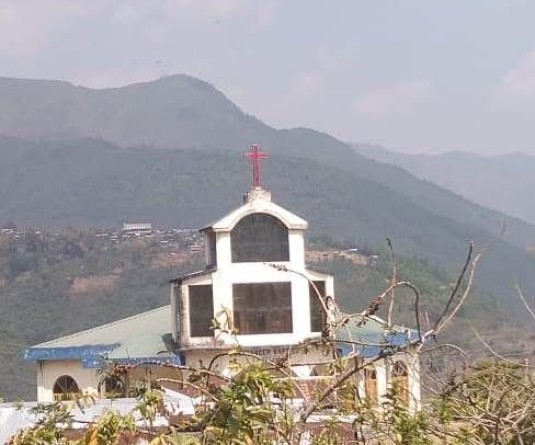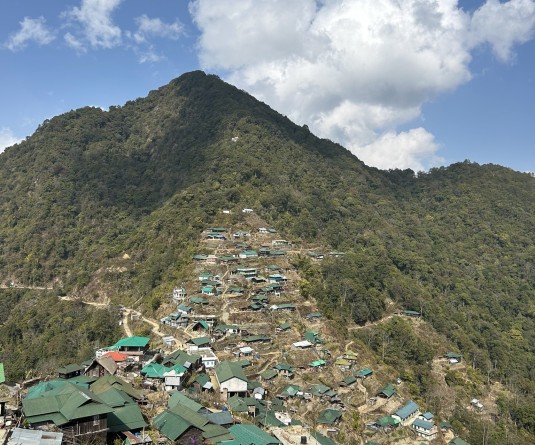
A meagre 12 crore budget, rickety transformers, rotting poles & aging lines threaten electricity blackout
Imkong Walling
Dimapur | May 4
It was in 2014 that the Nagaland Chief Minister talked of formulating a comprehensive power policy for the State. Addressing a function in Kohima commemorating 50 years of service of the Nagaland Power department in November 2014, the CM pointed to the need for a coordinated approach to augment and improve generation, transmission and distribution of power.
A year later, the Nagaland Chief Secretary toed a similar line speaking at the annual conference of the Association of Power Engineers, Nagaland, saying that the proposed power policy was being formulated. As the ‘power policy’ ferments indefinitely, Nagaland’s power sector is heading in a downward spiral. The annual fund apportioned to the department is a good indicator of this.
As published by The Morung Express in an earlier report (http://morungexpress.com/nagaland-budget-2016-rs-12-cr-proposed-for-power-sector/), government funding to the department has dwindled significantly since 2008-09. It was Rs. 7 crore in 2015-16. This has marginally increased to Rs. 12 crore for 2016-17. However, the department’s requirement falls short by a whopping 95 percent against a projection of Rs. 265 crore.
The impact of the dwindling allocations during the past 8 years is evident. In the midst of soaring costs and growing demand, the issue of meter tampering and theft notwithstanding, replacing equipments as basic as an electric pole has become a gargantuan task.
Growing demand and system constraint
According to the department, electricity demand is growing at the rate of 10 percent per annum whereas there have been no systematic equipment upgrades to meet the demand. This is pushing the existing distribution system to the brink of breaking.
While the problem of power shortage is comprehensible, distribution equipments performing in over-loaded conditions remain at the core of the state’s electricity woes. “Aging and over loading of equipments are the major factors plaguing the distribution system,” said one official speaking on the condition of anonymity. Distribution system/equipments include power lines, poles, transformers and other paraphernalia that combines to supply electricity. “Keeping up with the growing demand for electricity requires coordinated and proportionate upgrading of distribution equipments to prevent over-loading and blackouts.”
Citing Kohima as a classic example of system constraint, the official explained that the existing ‘distribution set up’ is below capacity to sustain and supply the quota of power allocated to it. To prevent equipment ‘burn outs’ load-shedding is imposed sector-wise. Ruling out unforeseen snags, if the system in place is upto capacity, Kohima would get electricity uninterrupted.
Need for overhaul and govt apathy
The problems point to a phase-wise, if not total, overhaul of the existing power distribution infrastructure.
Government apathy continues to remain a stumbling block to that course. For instance, a proposal to replace 4000 (2000 each in Kohima and Dimapur) rusting electric poles remains unreciprocated by the government. The project proposal, estimated at a cost of around Rs. 3 crore, approximately Rs. 7500 per pole that time, was forwarded to the government back in 2007-08. “The government has not responded till date.”
Distribution transformers from where LT lines are routed to end-users, according to the official, is at the top of the ‘worry list’ of the department. “We have a lot of over-loaded distribution transformers. These have to be replaced or upgraded too on priority,” the official said without providing figures. The cost of a distribution transformer can range from Rs. 1 lakh upto Rs. 7-8 lakh depending on load capacity. Transformers conking out have become regular affairs and continue to remain a recurrent fear of the department.
Another important area that demands attention is the aging low tension (LT) lines. A good portion of the 3883 km of LT lines across the State needs replacing. According to the official, 50 percent of all LT lines in the State need replacement. Replacing 50 percent of the 3883 km of LT lines will require the department approximately Rs. 10 crore and nearly an equal amount for labour charge and ‘fittings’. LT lines cost approximately Rs. 65,000 a km.
Budgeting, govt’s response and maintenance
“It is a big challenge. Have to prioritise,” said the official, uncertainty palpable on the prospect of budgeting with Rs. 12 crore. Citing an instance of maintenance expenses, the official said that transformer oil alone costs Rs. 1 crore annually. Around 100 kilo (1 lakh) litres of transformer oil is required annually, which costs Rs. 110 per litre. “Moreover if something breaks down, suppliers will not be forthcoming as the department already has huge bills pending.”
On paper, maintenance is clubbed under a separate non-plan component but the boundary between plan and non-plan gets blurred in a situation of fund paucity.
The government’s response to the department’s appeal to enhance the year’s allocation was limited to the State Chief Secretary asking the department to prepare a report detailing the year-wise allocation of fund (plan, non-plan and revenue generated) to the department during the past ten years.
Consequence and urgency
The circumstances and the government’s unrelenting stance point to bleak times ahead sooner or later. If the distribution system is allowed to perform in its current state, department engineers forecast more frequent and costlier system failures. With no consolidated fund to meet exigencies, sourcing replacements or spares will become lengthy affairs, which would translate into extended periods of black outs. Further, the official said that allowing it to continue would mean expenses quadrupling if at all attempt is made to revitalise the power sector in future.
The gravity of the predicament calls for urgency on the part of the State Government to give priority to the power sector, a sector essential to economic growth and industrialisation.





